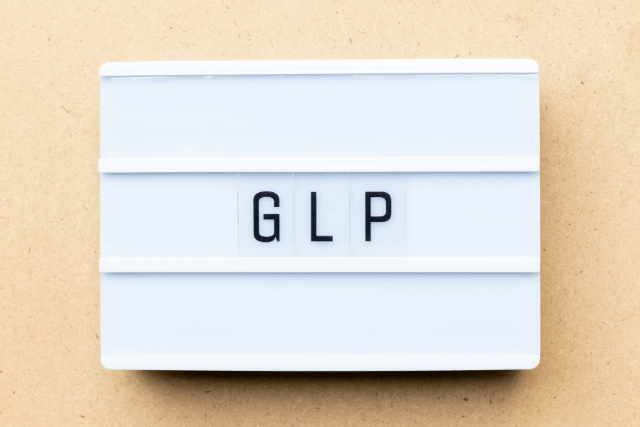Undergoing gallbladder removal surgery, also known as a cholecystectomy, is a common procedure performed for people suffering from gallstones or other gallbladder-related issues. While the surgery can offer relief and improve quality of life, understanding the recovery process is crucial for a smooth transition back to your normal activities. The recovery time after gallbladder removal varies from person to person, but with the right care and precautions, most people make a full recovery.
This blog will explore what to expect during your recovery after gallbladder removal, the average recovery time, and helpful tips to ensure a smooth healing process.
Gallbladder Removal Recovery Time: What to Expect
Understanding the Procedure
Before diving into the recovery time, it’s important to understand what gallbladder removal surgery entails. Gallbladder removal, or cholecystectomy, can be performed through two main methods:
- Laparoscopic Cholecystectomy: This is the most common form of gallbladder removal surgery. It is minimally invasive, involving several small incisions and the use of a camera to guide the surgeon. Recovery time is typically shorter with this approach.
- Open Cholecystectomy: This is a more traditional, invasive approach where a larger incision is made to remove the gallbladder. Recovery time tends to be longer for this method.
For both methods, the goal is to remove the gallbladder, which is responsible for storing bile produced by the liver. Without it, bile flows directly from the liver into the small intestine.
What is the Average Gallbladder Removal Recovery Time?
The recovery time after gallbladder removal surgery depends on several factors, including the type of surgery performed, your overall health, and whether you experience any complications. However, in general, here’s what you can expect:
Laparoscopic Surgery Recovery:
- Hospital Stay: Typically, you’ll stay in the hospital for a day or two.
- Initial Recovery: Most people can return to light activities after about 1–2 weeks. You’ll need to avoid lifting heavy objects and strenuous activities during this time.
- Full Recovery: Full recovery usually takes about 4–6 weeks. During this period, you should gradually be able to resume most of your regular activities, although some patients may feel fatigued for a bit longer.
Open Surgery Recovery:
- Hospital Stay: Recovery is a bit longer, and you may need to stay in the hospital for 3–5 days.
- Initial Recovery: Recovery after open surgery takes longer, typically 2–3 weeks for most light activities. You should avoid lifting or strenuous activities during this time.
- Full Recovery: Full recovery can take anywhere from 6–8 weeks, depending on how well you heal and your general health condition.
Factors Affecting Gallbladder Removal Recovery Time
While the average recovery time is a helpful guideline, several factors can influence how quickly you recover from gallbladder surgery. These factors include:
- Type of Surgery: As mentioned, laparoscopic surgery generally has a shorter recovery time compared to open surgery. If complications arise, recovery could take longer.
- Age and General Health: Younger, healthier individuals tend to recover more quickly. If you have other health conditions (such as diabetes or high blood pressure), your recovery time may be extended.
- Post-Surgery Care: Following your doctor’s instructions regarding diet, activity, and wound care is essential. The more diligent you are in following recovery guidelines, the faster your healing process will be.
- Presence of Complications: Though rare, complications can occur. Issues like infections, blood clots, or bile leaks can delay recovery. If these occur, your recovery time may be longer.
Gallbladder Removal Recovery Time: Post-Surgery Care Tips
A successful recovery is more than just waiting for time to pass. How you manage your post-surgery care can significantly impact your healing process and help you minimize complications. Here are several tips for ensuring a smooth recovery:
1. Rest and Listen to Your Body
After surgery, it’s important to rest and allow your body time to heal. While it may be tempting to jump back into daily activities, it’s crucial to listen to your body’s signals. Fatigue is normal during recovery, and overexerting yourself can slow down the healing process.
2. Follow a Healthy Diet
After gallbladder removal, your digestive system may react differently to certain foods. The gallbladder helps store bile that aids in digestion, particularly the digestion of fats. Without it, you may experience difficulty digesting rich or greasy foods.
During recovery, start with a bland, low-fat diet and gradually reintroduce normal foods. Some people may need to avoid high-fat foods for several months after surgery. Foods like lean meats, vegetables, and whole grains are great options to aid in the healing process.
3. Hydrate Well
Staying hydrated is important, especially after surgery. Drinking water helps keep your body functioning properly, especially when healing from surgery. It can also help reduce discomfort or constipation, which some patients experience after gallbladder removal.
4. Avoid Strenuous Activities
For the first few weeks after surgery, it’s important to avoid heavy lifting, vigorous exercise, or activities that put stress on your abdominal area. This is especially true if you had open surgery. Consult your doctor before resuming any form of intense physical activity.
5. Monitor for Complications
While complications after gallbladder surgery are rare, they can occur. Some potential complications to watch for include:
- Infection: Look for signs like fever, redness, or swelling around the incision sites.
- Bile Leaks: These can occur if there’s an issue with the bile ducts after surgery, causing discomfort or digestive issues.
- Blood Clots: If you experience pain, redness, or swelling in your legs, it could be a sign of a blood clot.
If you experience any of these symptoms, contact your healthcare provider immediately.
6. Follow-Up Appointments
Ensure you attend all follow-up appointments with your surgeon. These visits are critical for monitoring your recovery, addressing any concerns, and ensuring your healing process is going smoothly.
Gallbladder Removal Recovery Time: Long-Term Considerations
While the majority of recovery happens in the first few months, there are some long-term changes and considerations to be aware of after gallbladder removal:
1. Digestive Changes
After gallbladder removal, you may experience changes in your digestive processes. Most people adapt within a few months, but you may notice that certain foods, particularly fatty foods, can cause discomfort or indigestion. It’s important to monitor your diet and adjust based on how your body reacts.
2. Weight Loss or Gain
Some people experience weight loss after gallbladder removal due to changes in digestion. However, others may gain weight due to lifestyle changes post-surgery. Maintaining a balanced diet and staying active can help you manage your weight.
3. Lifestyle Adjustments
While gallbladder removal can offer relief from previous symptoms like pain or nausea caused by gallstones, it’s essential to make lifelong adjustments to your eating and activity habits. Healthy lifestyle changes can ensure that you maintain optimal health after surgery.



